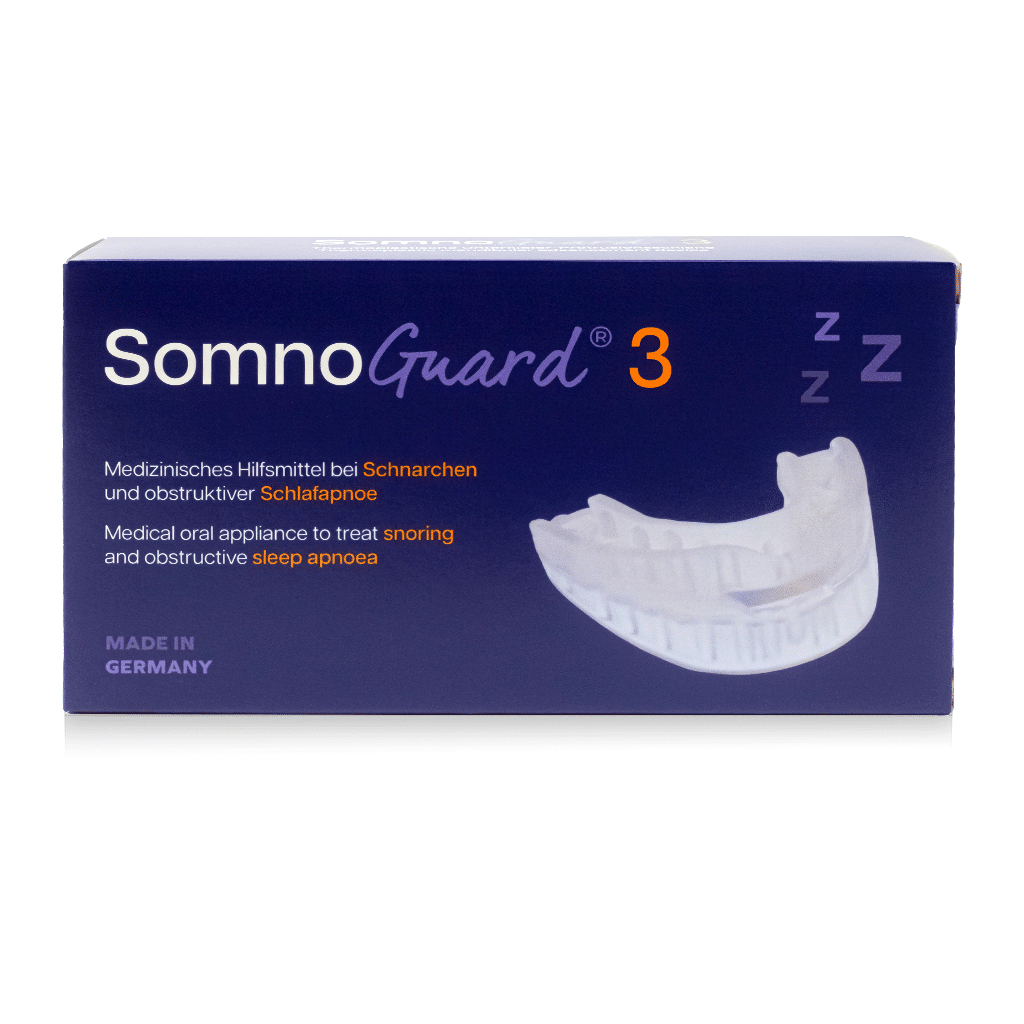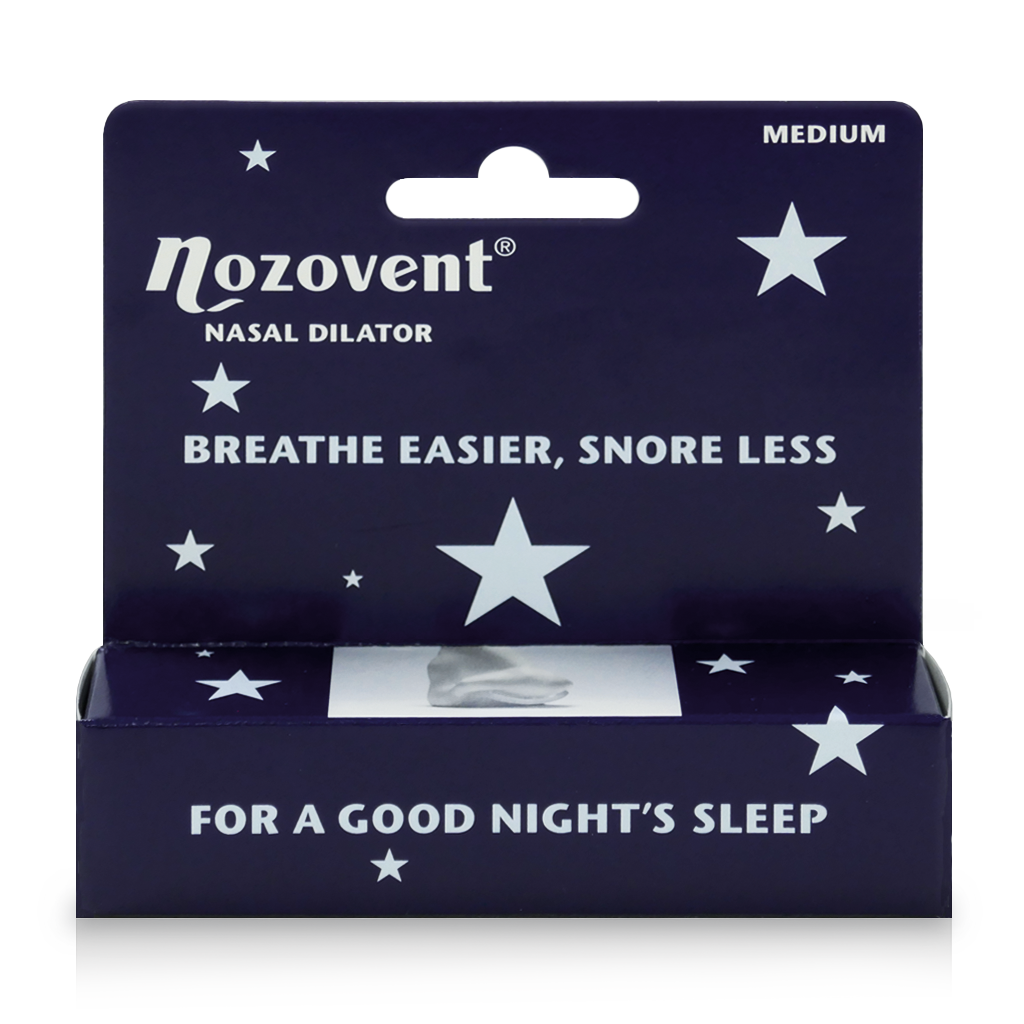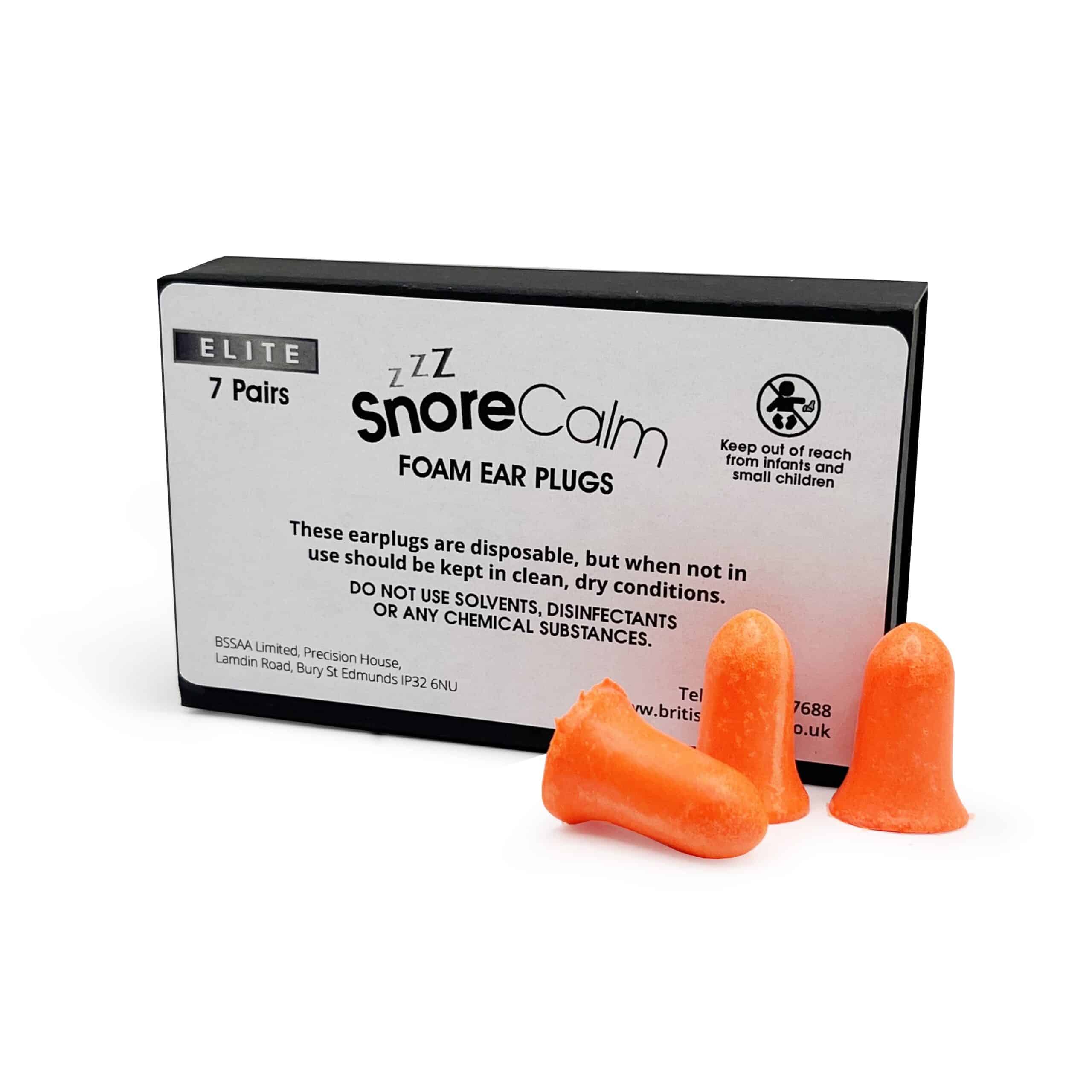Understanding Sleep Changes During Menopause
Menopause is a natural stage of life, but it can bring changes that feel unfamiliar and sometimes challenging, especially when it comes to sleep. From restless nights to frequent awakenings, sleep plays a vital role in your wellbeing, so when it’s disrupted, it can affect your energy, focus, mood, and emotions.
Menopause and Obstructive Sleep Apnoea
One condition that can become more noticeable during menopause is obstructive sleep apnoea (OSA) and it can be both frustrating and worrying. Obstructive sleep apnoea is when breathing repeatedly stops and starts during sleep. Waking up tired, feeling foggy, or struggling to get a full night’s rest can take a real toll on your energy and mood. While obstructive sleep apnoea has often been thought of as a condition that primarily affects men, women’s risk rises during perimenopause and post menopause. By the time many women reach their 60s, the difference in numbers between men and women affected with sleep apnoea becomes much smaller. This happens because the natural hormonal changes of menopause, such as lower levels of hormones that help keep the airways stable, can make women more prone to snoring and disrupted breathing at night.
Why Body Changes During Menopause Can Influence Breathing at Night
During menopause, the levels of certain hormones in the body start to change. These hormones help regulate lots of things, including mood, temperature, and even how well we sleep. As levels drop, it can throw your body a little off balance You might notice that nights can leave you feeling unsettled, waking more often due to tossing and turning, or feeling warmer and more restless. These changes can also affect your breathing while you sleep. As we age, the muscles that help keep our airways open naturally relax a little more at night, meaning the airway may become a little narrower at night, which can make snoring or interruptions in breathing more likely. These changes are completely normal, and many women notice them during this stage of life.
Menopause can bring many changes, some expected others less so. If disrupted sleep or snoring is something you’ve noticed, know that you’re not alone. These changes are common as your body adjusts, and we have a range of information and resources to support sleep during this stage.
Curious about your sleep health during menopause? Whether it’s exploring lifestyle changes, sleep aids, or personalised advice, we have a range of resources available to help support sleep. Take our interactive sleep test for more personalised results.








